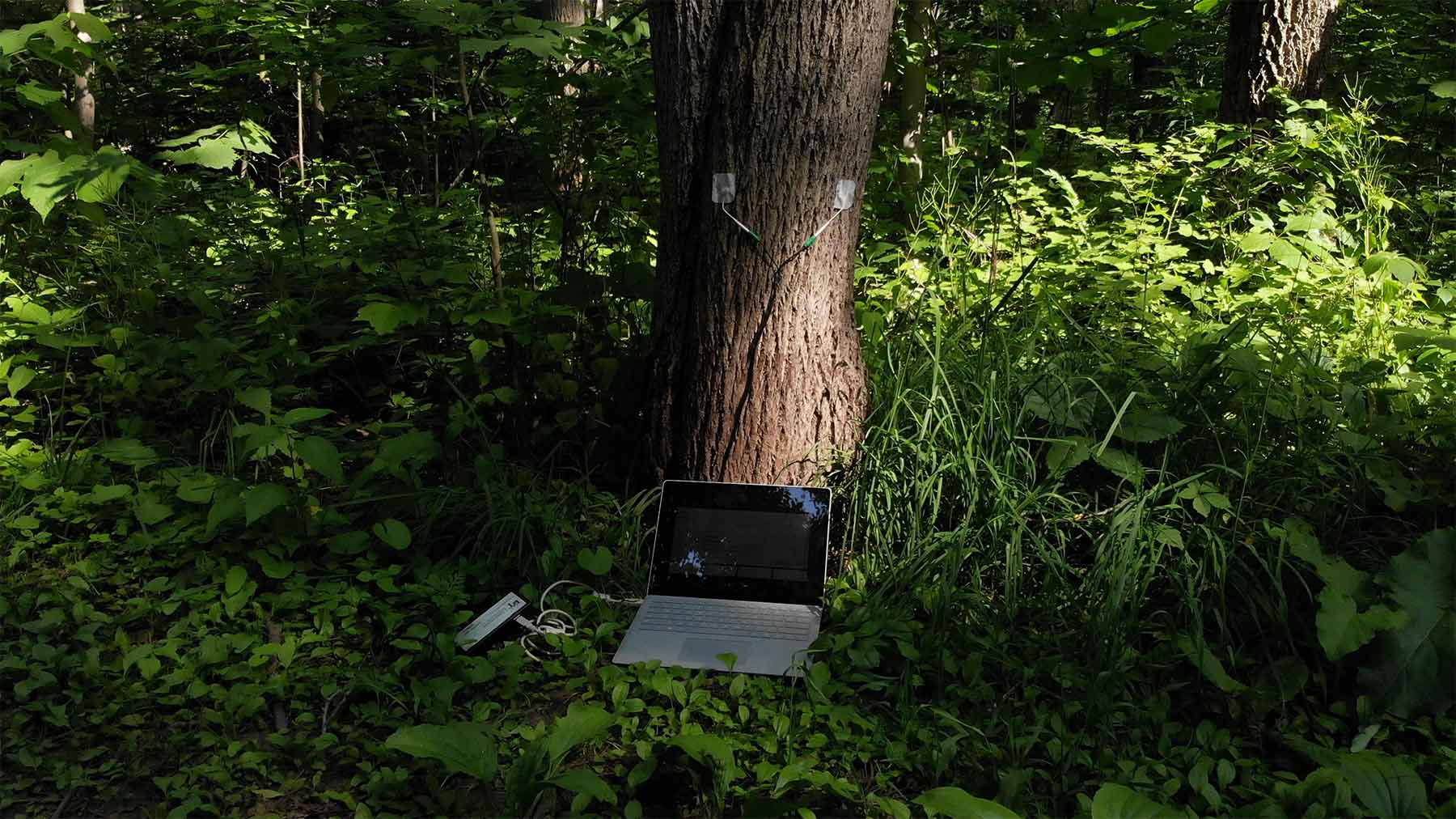In the fertile intersection of physics and medicine lies a burgeoning field of inquiry that promises to redefine our understanding of health and healing. The exploration of quantum fields and their possible applications within medical paradigms raises intriguing questions. Can the intricate principles of quantum physics elucidate the mysteries of human wellness? Is it conceivable that healing fields, a concept often relegated to the realm of alternative therapies, might be intricately linked to the quantum phenomena that govern our universe? This article delves into the fascinating prospects at the confluence of these disciplines.
At the heart of this discourse lies quantum field theory (QFT), a foundational aspect of modern physics that describes the universe in terms of fields rather than particles. A quantum field permeates all of space, and particles emerge as perturbations in these fields. This revolutionary perspective reshapes our comprehension of reality itself, suggesting a level of connectivity that transcends conventional spatial and temporal limitations.
Yet, the question remains: Can the principles inherent in quantum physics offer us novel frameworks for understanding biological systems? As we transition from examining the abstract nature of quantum fields to the pragmatic realm of healing, we initiate a dialogue that speculates on the implications of such an intersection.
To unravel this possibility, we must first consider the phenomena of resonance and coherence present in both quantum mechanics and biological processes. Resonance, the amplification that occurs when a system is driven at its natural frequency, manifests pragmatically in various biological contexts—think of the synchronized heartbeat of cells, or the collective behavior of neurons firing in unison. This synchronicity mirrors the coherent states found in quantum systems, raising an enticing hypothesis: could achieving coherence at the quantum level in biological systems enhance cellular functions, leading to improved health outcomes?
Furthermore, the concept of non-locality in quantum physics, where particles can instantaneously affect one another over vast distances, beckons a reflection on the interconnectedness inherent in biological systems. This fundamental principle cannot be overlooked; it challenges the classical notion of localized interactions and evokes the idea that healing may not be a purely physical process. There may exist an energetic field underlying biological interactions—a healing field—akin to the obscure connections posited by quantum entanglement.
Exploring this energetic dimension leads us to investigate the electromagnetic fields produced by the body and their potential communicative roles. Every cell emits electro-magnetic signals, creating a symbiotic network of information exchange. These bioelectrical interactions hint at a broader, field-like phenomenon that may underpin biological processes. Some researchers contend that these fields may influence cellular behavior and repair mechanisms, suggesting that a deeper understanding of these connections could inform therapeutic practices.
While the enthusiasm surrounding the potential of merging quantum physics with healing modalities is palpable, it is not without challenges. Skeptics argue that the application of quantum mechanics to biological systems is fraught with complexities and scientific hurdles. Biological systems operate at scales where quantum effects may seem negligible, and discourse surrounding this subject often ricochets between fervor and skepticism. It becomes imperative to juxtapose scientific rigor with intuitive insights gleaned from holistic traditions that have long embraced the idea of interconnectedness and energies influencing health.
In contemplating the potential integration of these realms, the consideration of technology becomes indispensable. Quantum technologies, such as quantum imaging and sensing, could revolutionize diagnostic protocols. Imagine devices capable of measuring subtle changes in biofields, offering real-time assessments of health status that transcend current imaging modalities. Such advancements provoke reflection on how we might harness quantum principles to enhance our diagnostic arsenal, moving towards a more nuanced and comprehensive approach to healthcare.
Moreover, the pharmacological implications of quantum mechanics are equally compelling, as researchers investigate the quantum behavior of molecules in drug development. Could quantum tunneling, where particles traverse energy barriers, inform the discovery of new therapeutic agents or manipulation of existing ones? This intertwining of quantum mechanics and pharmacology augurs a future where medications are tailored not merely to biochemical interactions but also to quantum states, proffering a paradigm shift in how we envision drug efficacy.
The ramifications of integrating quantum principles within medical science are profound. Envision a future in which our understanding of health encompasses not only the biochemical but also the quantum—where healing transcends the atomistic approach and incorporates holistic perspectives. However, the path forward requires robust interdisciplinary collaboration, bridging physicists, medical researchers, and holistic practitioners in a unified goal: to elucidate the fundamental mechanisms underlying health and disease.
As we ponder the prospects of this integrative approach, one cannot help but ask: What are the ethical implications of employing quantum principles in medicine? If healing fields are rooted in quantum mechanics, how do we ensure the equitable application of such knowledge? The societal impact of merging these esoteric concepts with medical practices must be meticulously scrutinized to prevent disparities in accessibility and application.
In conclusion, the inquiry into whether physics can inform the future of medicine not only posits significant scientific possibilities but also confronts challenges inherent in combining seemingly disparate realms. From the quantum fields that structure our universe to the intricate web of biophysical interactions that sustain life, each offers a tantalizing clue to a more profound comprehension of health. The journey towards this synthesis is sure to be fraught with debate, discovery, and ultimately, a more expansive understanding of what it means to heal. As we tread this complex terrain, we are reminded that the pursuit of knowledge is as much about asking questions as it is about finding answers.












